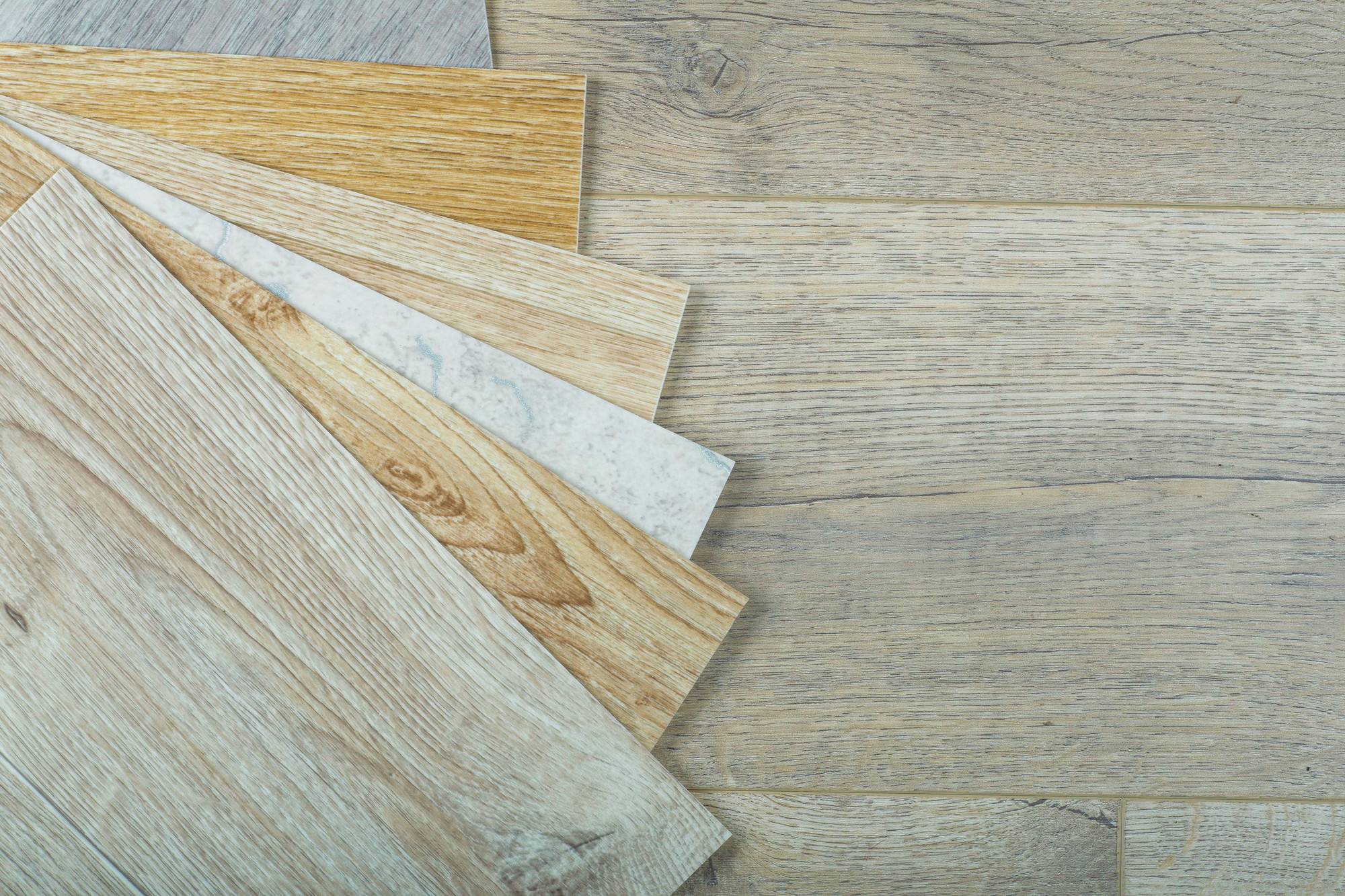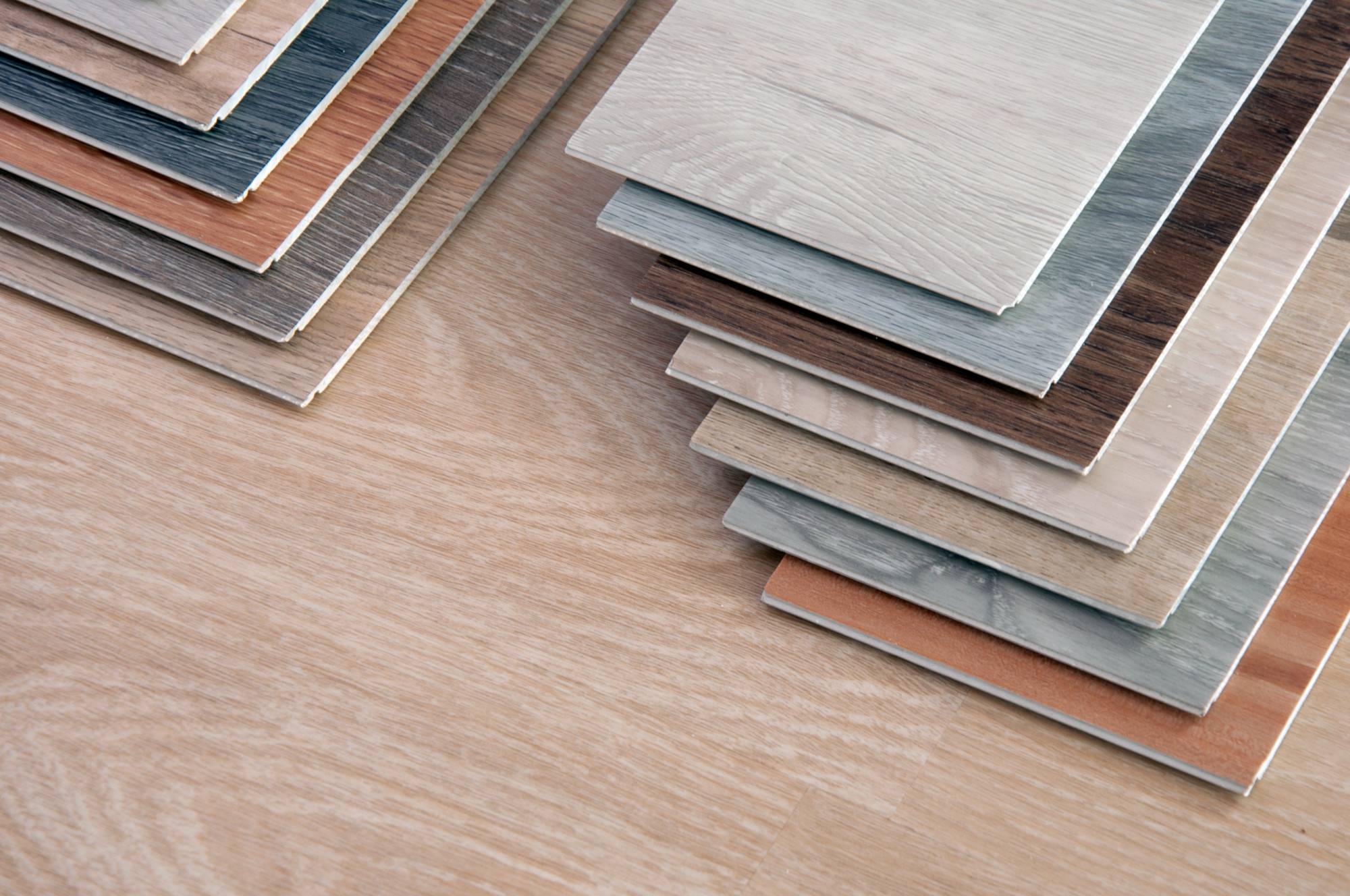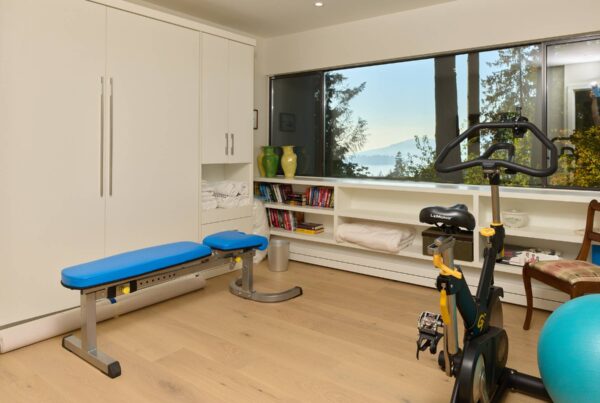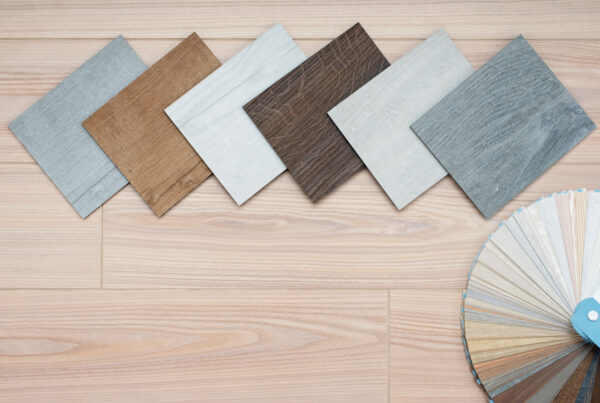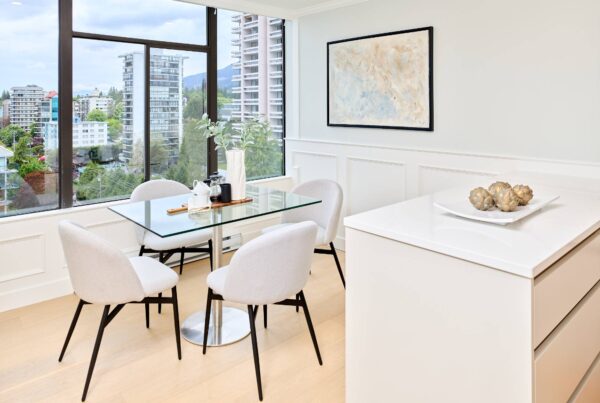New flooring can transform the look and feel of a home, but the cost varies widely based on material, installation, and other factors. While homeowners often focus on square footage pricing, many hidden details influence the final price. Understanding what affects the cost can help with better budgeting and decision-making.
Luxury Vinyl Floor Pricing and Why Thickness and Wear Layer Matter
Luxury vinyl flooring is one of the most budget-friendly options, but not all vinyl floors are priced the same. The cost depends heavily on the thickness of the planks and the durability of the wear layer. Thicker vinyl planks provide better stability and comfort underfoot, which typically increases the price. A high-quality wear layer protects against scratches and dents, making it a better long-term investment despite the slightly higher upfront cost.
Beyond material quality, luxury vinyl pricing varies based on texture and design. Some options mimic real wood or stone so closely that they are nearly indistinguishable, but these realistic finishes come at a premium. Waterproof vinyl adds extra protection against spills and moisture, which is particularly valuable in kitchens and bathrooms. While budget-friendly options exist, premium luxury vinyl offers better longevity and resilience, making it worth considering for high-traffic areas.
Price Variations in Engineered Hardwood Based on Wood Species and Finish Quality
Engineered hardwood provides the appearance of solid wood at a lower price, but costs fluctuate depending on the wood species and finishing process. Exotic woods, such as Brazilian cherry or acacia, tend to be more expensive than traditional oak or maple. The thickness of the top veneer layer also impacts pricing, as thicker layers allow for refinishing in the future, increasing durability and lifespan.
The type of finish applied to engineered hardwood significantly affects the overall cost. Prefinished planks come with a durable factory-applied coating, which can be more cost-effective compared to unfinished wood that requires staining and sealing after installation. High-end finishes with enhanced scratch resistance or UV protection add to the price but provide long-term benefits by reducing maintenance needs and preserving the floor’s appearance.
Hardwood Flooring Costs and How Wood Type Impacts the Final Price
Hardwood flooring varies greatly in cost based on the type of wood used. Domestic species like oak, hickory, and maple tend to be more affordable, while exotic options like teak, mahogany, and tigerwood command higher prices due to their rarity and durability. Harder woods resist dents and wear better, making them a solid long-term investment despite the higher initial cost.
Grain patterns and board width also affect pricing. Wider planks require larger sections of wood, increasing costs compared to standard narrow boards. The choice between solid and engineered hardwood further impacts the total price, as solid wood can be sanded and refinished multiple times, whereas engineered wood offers similar aesthetics at a lower price point. For those prioritizing longevity, high-quality hardwood is often worth the added expense.
How Room Size Affects the Final Price of New Flooring Installation
The size of the room being floored plays a major role in determining overall costs. While flooring is typically priced per square foot, larger spaces may qualify for bulk pricing discounts on materials. However, installation costs can rise in bigger rooms due to increased labor, subfloor preparation, and additional adhesive or underlayment requirements.
Smaller rooms may not always mean lower costs. Tight spaces with irregular layouts, built-in fixtures, or multiple corners require more precise cutting, which can increase labor fees. Hallways, closets, and staircases often add to installation complexity, sometimes making small-scale projects more expensive per square foot compared to standard open rooms. Properly measuring and accounting for extra materials ensures there are no unexpected budget overruns.
Custom Flooring Designs and How Unique Patterns Influence the Overall Price
Custom flooring designs allow for a distinctive and upscale look, but they come with added costs due to intricate installation techniques. Herringbone, chevron, or parquet patterns require more precision and labor, increasing both material waste and installation time. Since these designs involve complex cuts and additional planning, skilled professionals are needed to execute them properly.
Beyond patterns, mixing different flooring materials can also raise costs. Incorporating borders, inlays, or combining multiple wood tones requires advanced craftsmanship, which adds to labor charges. While these customizations enhance the uniqueness of a space, they also extend the timeline of the project and demand higher expertise, making them a premium flooring option.
Labor Costs That Vary Based on Flooring Type and Project Complexity
Labor expenses make up a significant portion of the overall flooring budget, and rates differ depending on the type of flooring being installed. Hardwood and tile installations tend to have higher labor costs due to the detailed work involved, while vinyl and laminate are quicker to install, leading to lower charges. Removing old flooring, leveling subfloors, or working around obstacles like cabinets and built-ins further increases labor expenses.
The location of the home and local labor rates also play a role in final costs. Areas with a high demand for flooring professionals typically see higher pricing for installation services. Skilled labor ensures a flawless finish, and while it may be tempting to opt for the cheapest option, investing in experienced installers prevents costly issues like uneven planks, poor sealing, or premature wear.
Longevity and Maintenance Expenses That Affect the Long-Term Value of Your Flooring
The initial cost of flooring is just one part of the equation—long-term maintenance expenses also contribute to the overall investment. Hardwood floors, while durable, require refinishing every few years to maintain their appearance. High-end engineered wood offers similar aesthetics but may not allow for as many refinishing cycles. Vinyl and laminate require minimal upkeep but may need replacement sooner than premium wood options.
Some flooring types also demand specific care routines that add to their lifetime cost. Factoring in the cost of repairs, refinishing, and cleaning products helps homeowners make informed decisions about the true price of new flooring over time. Choosing durable, easy-to-maintain materials can lead to long-term savings while preserving the floor’s appearance and functionality.
Upgrade Your Home with Expert Flooring Solutions from Flatwater Finishes – High-Quality Materials, Precision Installation, and Lasting Beauty
Investing in new flooring is more than just a renovation—it’s about enhancing the comfort, style, and value of your home. At Flatwater Finishes, we bring craftsmanship and expertise to every project, ensuring your floors are not only beautiful but also built to last. Whether you’re looking for the timeless elegance of hardwood, the durability of luxury vinyl, or a custom flooring design that makes a statement, our team is dedicated to delivering exceptional results. From selecting the perfect materials to expert installation, we make the process seamless and stress-free. Don’t settle for anything less than flooring that transforms your space—Contact us today to start your project with Flatwater Finishes and experience the difference in quality and service.

